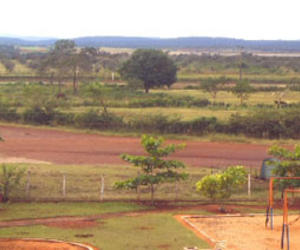Five-Year Study of Major Cuban Cave System Concluded
- Submitted by: manso
- Society
- 08 / 23 / 2011

2011.08.23 - 10:37:20 / radiorebelde.icrt.cu. Sierra de Cubitas mountain rangeCAMAGUEY, CUBA.- A scientific expedition on the Mexico cave system located in the Sierra de Cubitas mountain range, in the province of Camaguey, concluded after five years of continued work.
The Eduardo Alfredo Martel Speleologist Group, the first one created after the triumph of the Revolution, led the research sponsored by the Group for Geographic, Speleologist and Environmental Studies, according to the local newspaper’s website Adelante.
Adelante says the Mexico cave system is one of the largest ones of central Cuba; it spans along more than four kilometers and falls about 40 meters deep.
According to a report by the Institute of Scientific and Technological Information (IDICT), the specialists who camped in the caves focused on analyzing tectonic activities in the area and the saline intrusion which has damaged wells and several crops.
The study also included research on the cartography, geology, fauna and climate of the area and the connection of the cave system with the sea, says an online version of IDICT’s report.
Camagüey is one of the Cuban provinces with the largest of caves, most of them located in the westernmost tip of the Sierra de Cubitas mountain range. Aboriginal drawings, which constitute valuable samples of the cultural heritage of the province and the country, have been found in some of these geological depressions. (ACN)
Comments